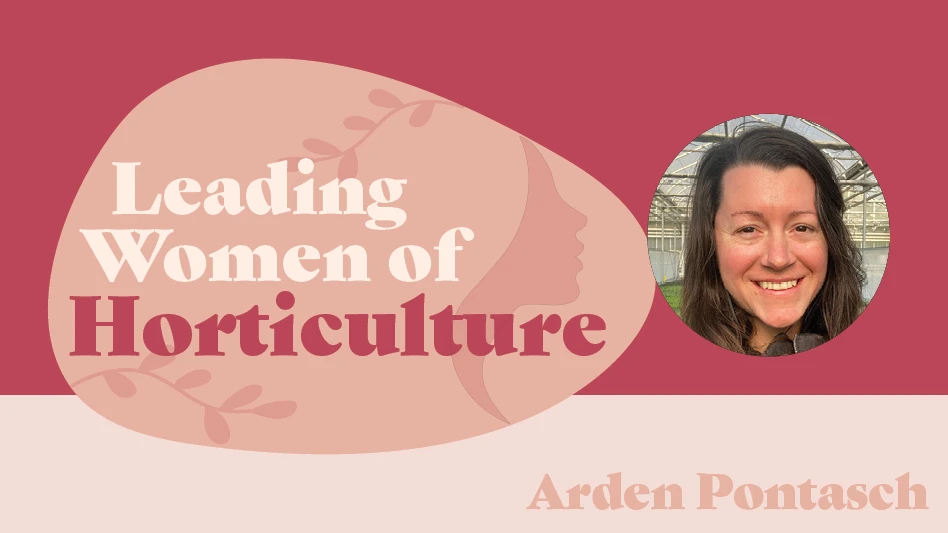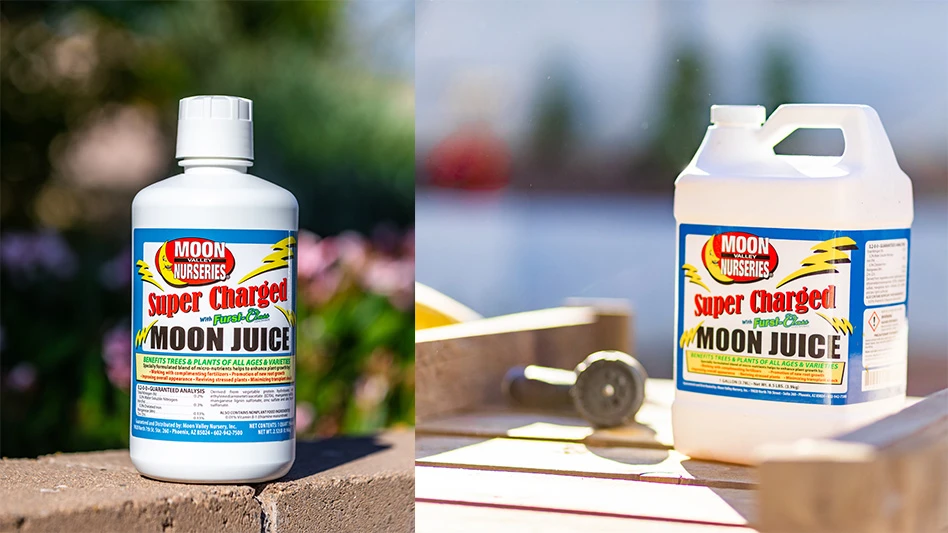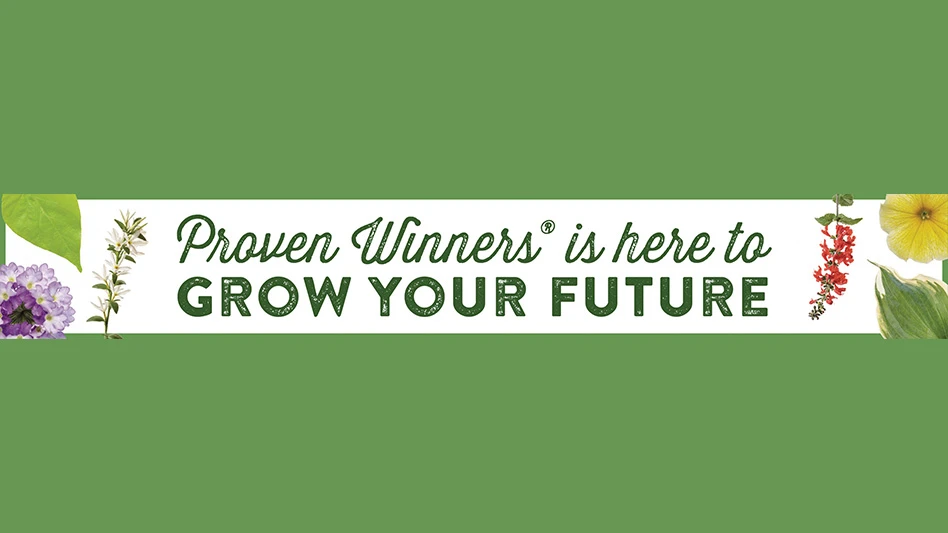
Enthusiasm for habitat and pollinator gardening has ignited new interest in native plants as consumers discover relationships between gardens and the wildlife they support. Straight native species aren’t the only plant options in the limelight. Ornamental native plant cultivars, increasingly referred to as “
What is a nativar?
It’s been a decade since Allan Armitage coined the term “nativar” to refer to cultivated varieties of native plants. In its early years, some native plant purists co-opted the label as a way to distinguish cultivars from what they saw as more worthy “true natives.” It took a few years, but that usage lost its steam. The gardening public is embracing the nativar label and the plants it represents.
Melding “native” and “cultivar” into a single catchy title has helped reconnect longstanding landscape stalwarts such as Echinacea
Plant breeder and introducer Brent Horvath, owner of Illinois-based Intrinsic Perennial Gardens, is head over heels for
“I just love that variability. I love looking at all those possibilities, and I love putting together new plants – new
For Horvath, and many native plant growers, cultivation doesn’t disqualify
“I don’t think it makes it any less native,” Horvath says. “It just happens to be selected for a
Do nativars fill a special need?
Greenscape Gardens & Gifts in the St. Louis, Missouri, area has undergone a metamorphosis under the guidance of general manager Jennifer Schamber. With what she calls “mission-based merchandising,” the IGC founded by her parents has become a hub for native plants, habitat

Greenscape’s extensive collection of straight native species occupies its own greenhouse area, separate from all other plants at the IGC. It also takes natives a few steps farther than common IGC offerings.
“Our native species are wild-collected, locally grown, and very precisely grown for this area. We pay close attention to ecotypes,” Schamber says. “That is really important to us that we maintain that clear messaging.”
Greenscape’s native plant customers are very well informed. But even with this refined focus on local native species,
“We have this huge need for
The IGC’s general philosophy
Not just any nativar makes the cut at Greenscape. Schamber is particular about what
“The main thing we look for is that it has some sort of ecological service. Whether it is drought tolerant or beneficial to pollinators, the nativar needs to have some sort of purpose,” Schamber explains.
What about insects and pollinators?
With habitat gardening behind

In a study led by Tallamy, University of Delaware graduate student Emily Baisden focused on leaf-eating insects and native cultivars in gardenlike settings. The not-yet-published research yielded interesting results about leaf-eating insects and
Other research that has focused on pollinators also held intriguing results. Tallamy points to work by Vermont researcher Annie White on pollinator responses to

“Much more research needs to be done,” he says.
At Greenscape, Schamber expects interest in ecology,
“It becomes a mission and gives meaning to what they’re doing now. It just adds a whole new dimension,” she explains. “People catch on and get excited. What has been sort of two dimensional is now 3-D.”
By understanding and celebrating the native-nativar connection, you can help your landscape and IGC customers embrace the concept and boost sales.

Explore the December 2017 Issue
Check out more from this issue and find your next story to read.
Latest from Nursery Management
- Plant breeding as an art
- Society of American Florists accepting entries for 2025 Marketer of the Year Contest
- Sustainabloom launches Wholesale Nickel Program to support floriculture sustainability
- American Horticultural Society welcomes five new board members
- Get to know Christopher Brown Jr. of Lancaster Farms
- American Floral Endowment establishes Demaree Family Floriculture Advancement Fund
- The Growth Industry Episode 3: Across the Pond with Neville Stein
- The Growth Industry Episode 2: Emily Showalter on how Willoway Nurseries transformed its business





